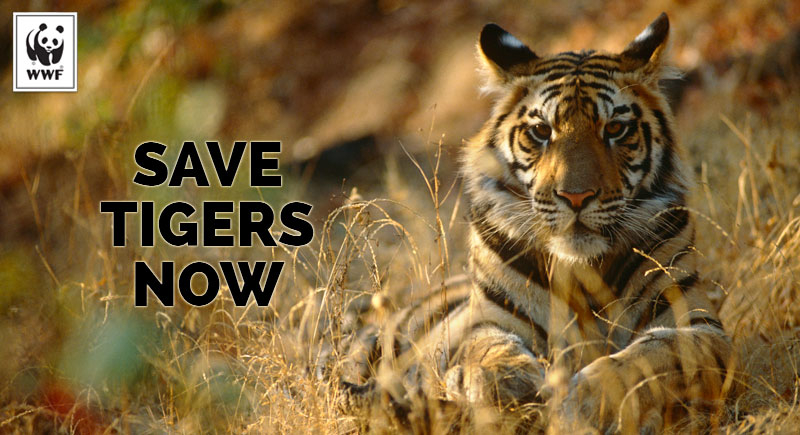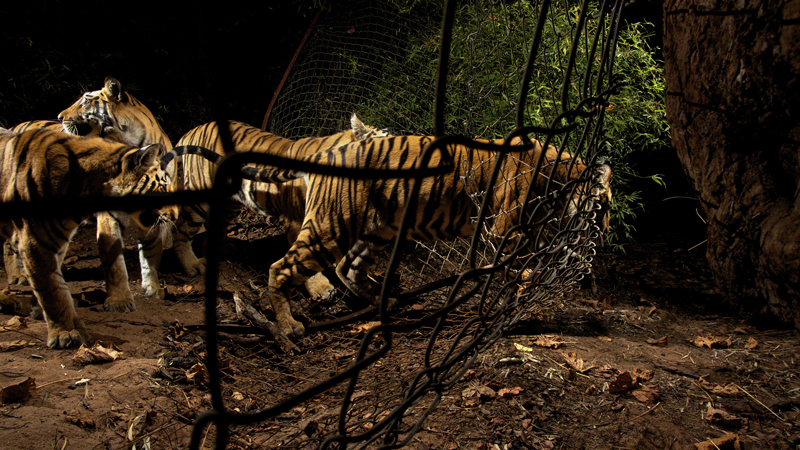WWF created a global campaign called “Save Tigers Now”
11 key protected areas in India and Nepal serve as the best habitat for Bengal tigers. Although overall populations are still declining, the Tiger Project, begun in the 1970s, has assisted in stabilizing Bengal Tiger populations in selected reserve regions.
The Wildlife Protection Society of India keeps an eye out for any poaching activity and enforces border confiscations. Although they can seize and prosecute poachers, it is exceedingly difficult to find the source of the operation, and its origins are still unknown. They are trying to make this work so they can target entire gangs.
In order to combat threats to Bengal Tigers and increase the population by 2022, WWF launched the global campaign "Save Tigers Now" in 2012. They aggressively advocate against allowing Americans to interact with tigers because it encourages pointless breeding, and they urge people to cease purchasing wildlife-related goods when they visit abroad.












